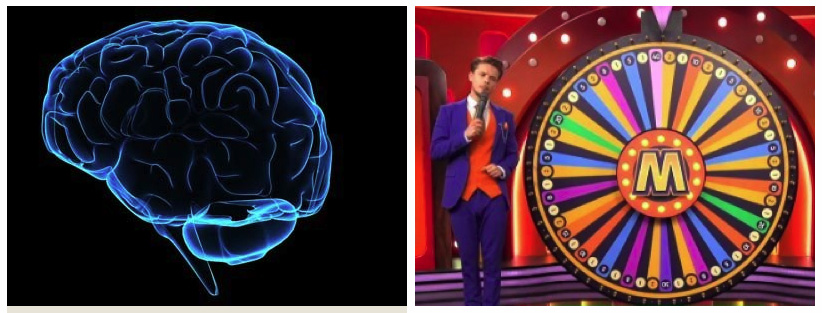|
 Introduction The biological foundations of gambling reveal fascinating insights into why some individuals are drawn to this activity. Scientific research has shown that various biological factors, including brain chemistry and genetics, play a significant role in gambling behavior. This article explores what science says about the biological underpinnings of gambling. For an exciting gaming experience, try the mega wheel. The Brain and Gambling Dopamine and Reward System The brain's reward system, particularly the release of dopamine, is crucial in understanding gambling behavior. How It Works:
The Role of the Prefrontal Cortex The prefrontal cortex is responsible for decision-making and impulse control, playing a critical role in gambling behavior. Functions:
Genetic Factors Heritability of Gambling Studies have shown that genetic factors contribute to the likelihood of developing gambling behaviors. Research Findings:
Specific Genes Researchers have identified specific genes that may influence gambling behavior. Examples:
Psychological and Environmental Influences Interaction of Biology and Environment Gambling behavior is the result of complex interactions between biological, psychological, and environmental factors. Influences:
Psychological Traits Certain psychological traits, such as impulsivity and sensation-seeking, are linked to gambling behavior. Traits:
Implications for Treatment Biological Treatments Understanding the biological foundations of gambling can inform treatment approaches, including pharmacological interventions. Treatments:
Personalized Approaches Personalized treatment plans based on an individual's genetic and biological profile can enhance effectiveness. Strategies:
Conclusion The biological foundations of gambling provide valuable insights into why individuals engage in this activity. Factors such as brain chemistry, genetics, and psychological traits all play a role in influencing gambling behavior. By understanding these biological underpinnings, researchers and clinicians can develop more effective treatments for gambling addiction. For those interested in experiencing the thrill of gambling, try the mega wheel for an exciting gaming adventure. |